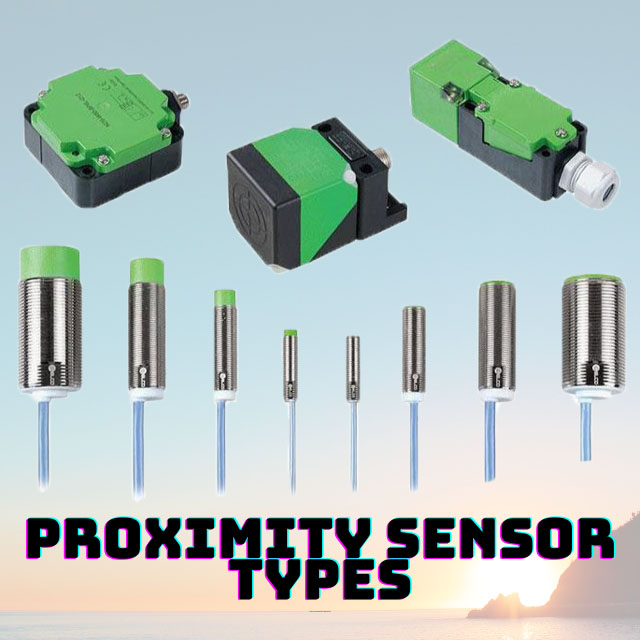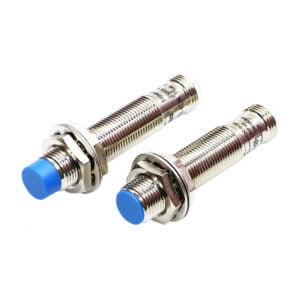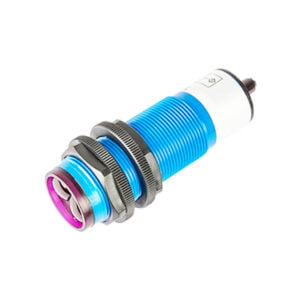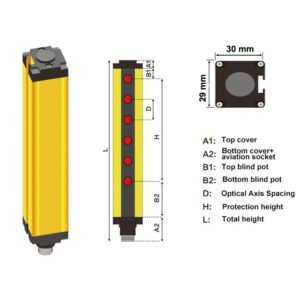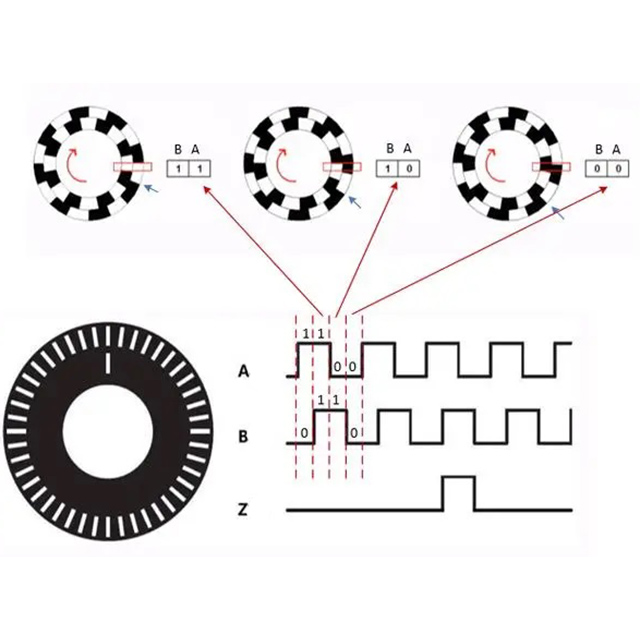Proximity sensors are widely used in industrial automation and our daily lives, but do you know how many types of proximity sensors there are in the world? In today’s article, we will give you a comprehensive explanation of the proximity sensor types, what they are, etc. Let’s start learning now!
Table of Contents
Proximity sensor description
An interesting fact is that when you pick up the phone to answer a call, the display automatically turns off. This is very common, but do you know why? Because there is a proximity sensor under the screen to control the display’s closing or opening. Once the proximity sensor detects your ear or other body part within its sensing range, it activates a specific action. In this case, just turn off the screen.
All in all, the proximity switch is a non-contact switch. When an object is within its detection range, no pressure is required to cause the switch to operate.
Proximity sensor types
According to the working principle differences, there are 7 types of proximity sensors, they are:
- Infrared proximity sensor: The working principle of the infrared proximity sensor is to use the diffuse reflection principle of infrared light to detect objects. It can achieve non-contact detection with the object being measured. The most common infrared sensor is the human body induction switch, which can be used in automatic doors such as hotels, restaurants, and garages.
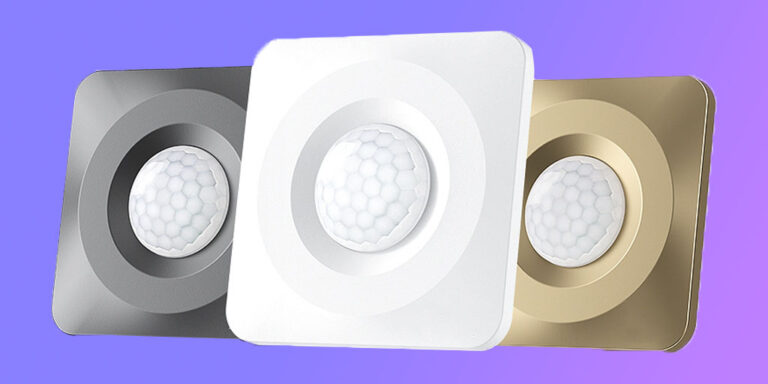
- Laser proximity sensor:A laser proximity switch is a sensor that uses a laser beam to detect the distance of an object. Its working principle is based on the emission and reception of laser beams. When the laser beam is blocked by an object, the output circuit will be closed or opened accordingly.
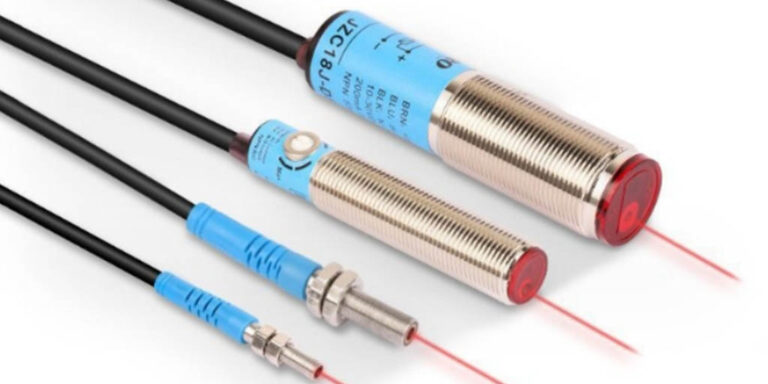
- Hall proximity sensor: The objects detected by hall proximity sensors are magnetic objects. The principle is that when a magnetic substance approaches the switch, the internal hall element generates the hall effect, causing the internal circuit state of the switch to change, thereby identifying whether there are magnetic objects around and thus controlling the closing or opening of the output circuit.
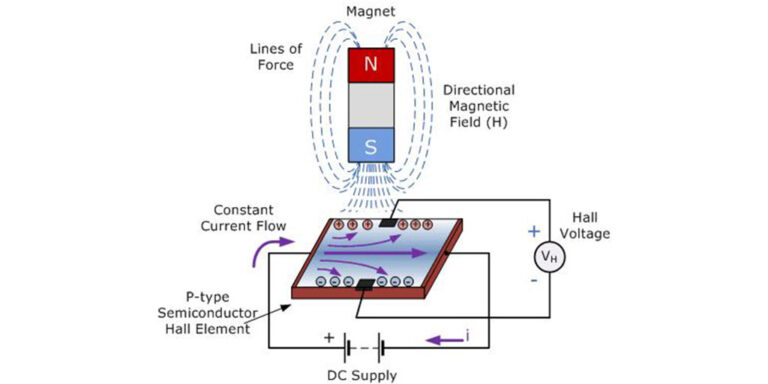
- Photoelectric proximity sensor: Photoelectric sensors use infrared rays, or light, to detect targets. Whether it is a diffuse photoelectric sensor, a retroreflective photoelectric sensor or a through-beam photoelectric sensor, the sensor is composed of a transmitter and a receiver. Like the capacitive proximity sensor described below, the photoelectric sensor can detect any material without contact.
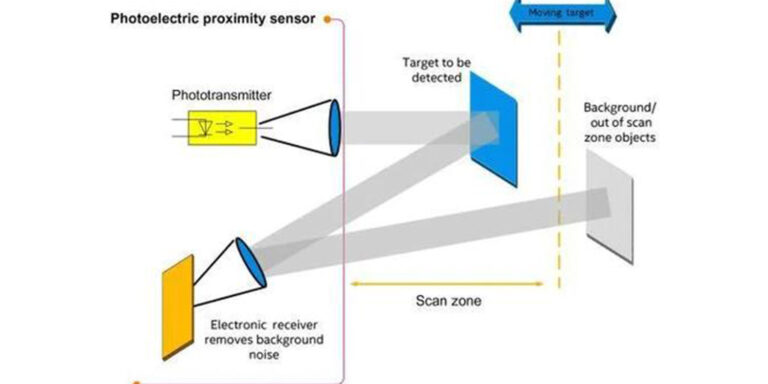
- Capacitive proximity sensor: The detection object of the capacitive proximity switch can be any substance, such as insulators and non-insulators. However, the detection distance will be different for objects with different dielectric constants. We know that the dielectric constants of water and metal are higher than those of wood or plastic products, so capacitive sensors have high detection sensitivity for water and metal. The working principle of this sensor is to detect objects by detecting changes in capacitance between the sensor and the object.
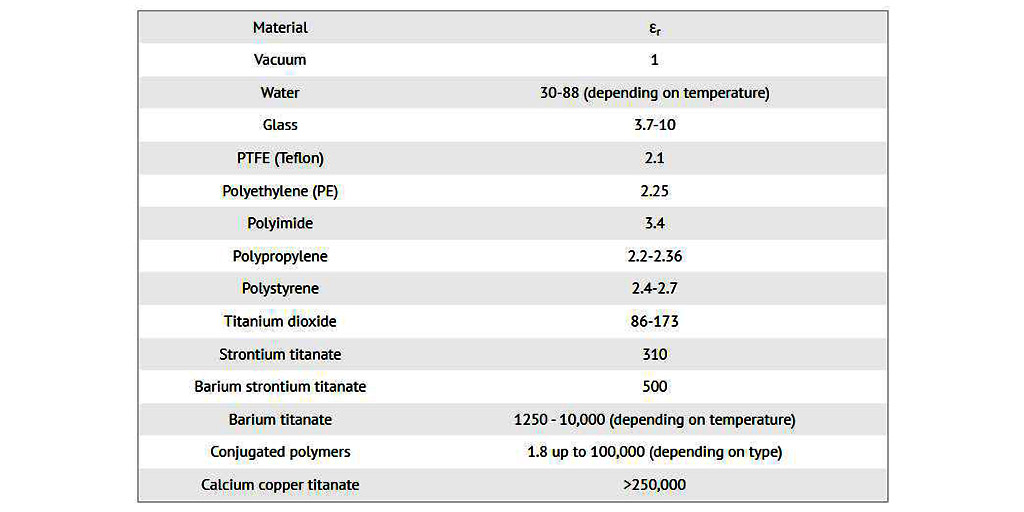
- Inductive proximity sensor: Inductive sensors detect conductive metal substances. The principle is to use the reaction of conductive objects when encountering eddy currents to affect changes in circuit parameters, thereby identifying whether the objects are approaching or far away, and then controlling the on or off of the switch.

- Ultrasonic proximity sensor: Ultrasonic proximity sensors mainly use the echo of sound waves to detect distance and position. When the sound wave transmitter emits sound waves, the sound waves will echo after encountering an object. The receiver receives the echo and outputs the object distance and position signals by calculating to achieve automatic control. . It is characterized by a wide measurement range and high sensitivity, but is easily affected by temperature and humidity.

Conclusion
By studying the above content, we now clearly know that there are 7 types of proximity sensors, namely infrared, laser, hall, photoelectric, capacitive, inductive and ultrasonic proximity sensors.
Lorentzzi, as one of the leading sensor manufacturers in China, is able to produce all these products with the best quality. Please contact us today with your questions to get our latest quote.

